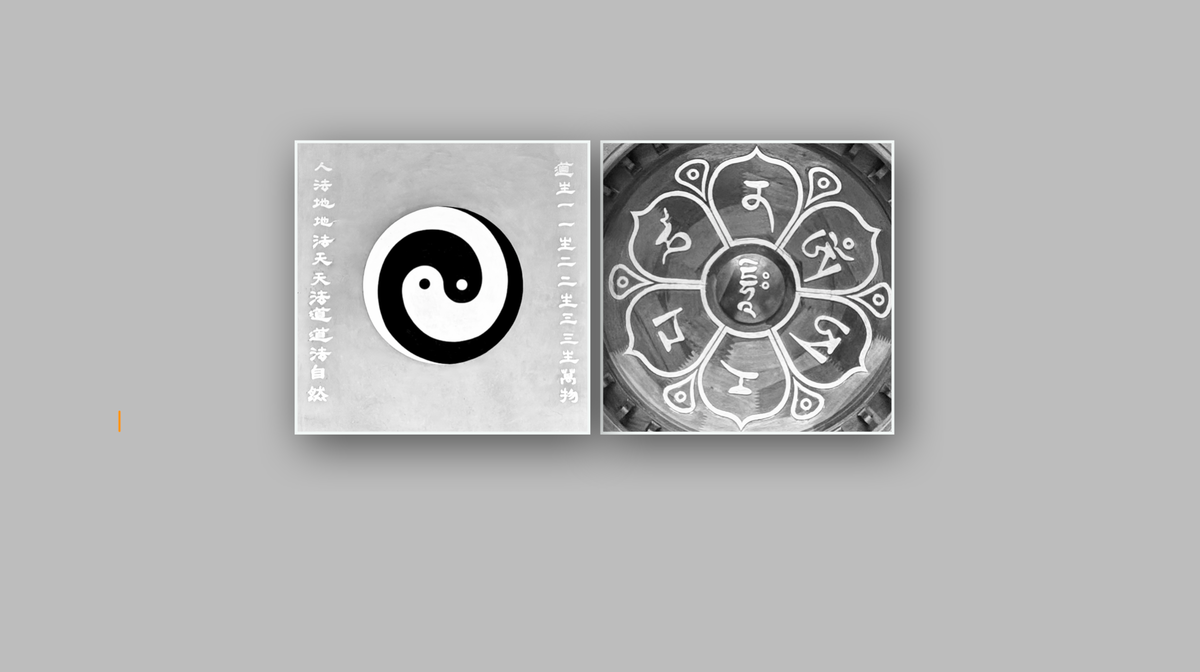Zi Ran Men Qi GongSpontaneous Qi Gong

Qi Gong is an ancient Chinese art of cultivating body and mind. There exist innumerable different Qi Gong schools. Nan Gong Zi Ran Men Qi Gong (南宫自然门气功) is a traditional form with more than 800 years of history and special characteristics. It unites techniques from the Chinese Buddhism, Daoism, Confucianism, traditional Chinese medical arts and Kung Fu. Its center is formed by Laotse´s insight into the laws regulating nature and his concept of Wu Wei (~ to act in conformity with the natural changes).
Zi Ran Men Qi Gong in Bonn - Aix-en-Provence - Kastellaun - München
Qi Energy
We assume that humans and nature form a unit, penetrated by Qi energy. Therefore in Zi Ran Men Qi Gong we can return discordant Qi from our body to the universe where it dissolves. In so doing we can slowly become free of discordant energies. On the other hand the universe has endless energy supplies whereas human beings only possess limited energy and often feel in need of more. By practising Qi Gong we can learn to use the cosmic energy around us to increase and strengthen our own energy.
Rest and movement
In Zi Ran Men Qi Gong, movement and activity is associated with tranquility. It is a very simple yet very profound method. Everyone who genuinely desires to learn it can practise with success, regardless of his age or physical condition. Zi Ran Men Qi Gong is without bias towards other groupings, be they exercise paths, religions or spiritual paths. People of different orientations and previous experiences can practice the method successfully.
